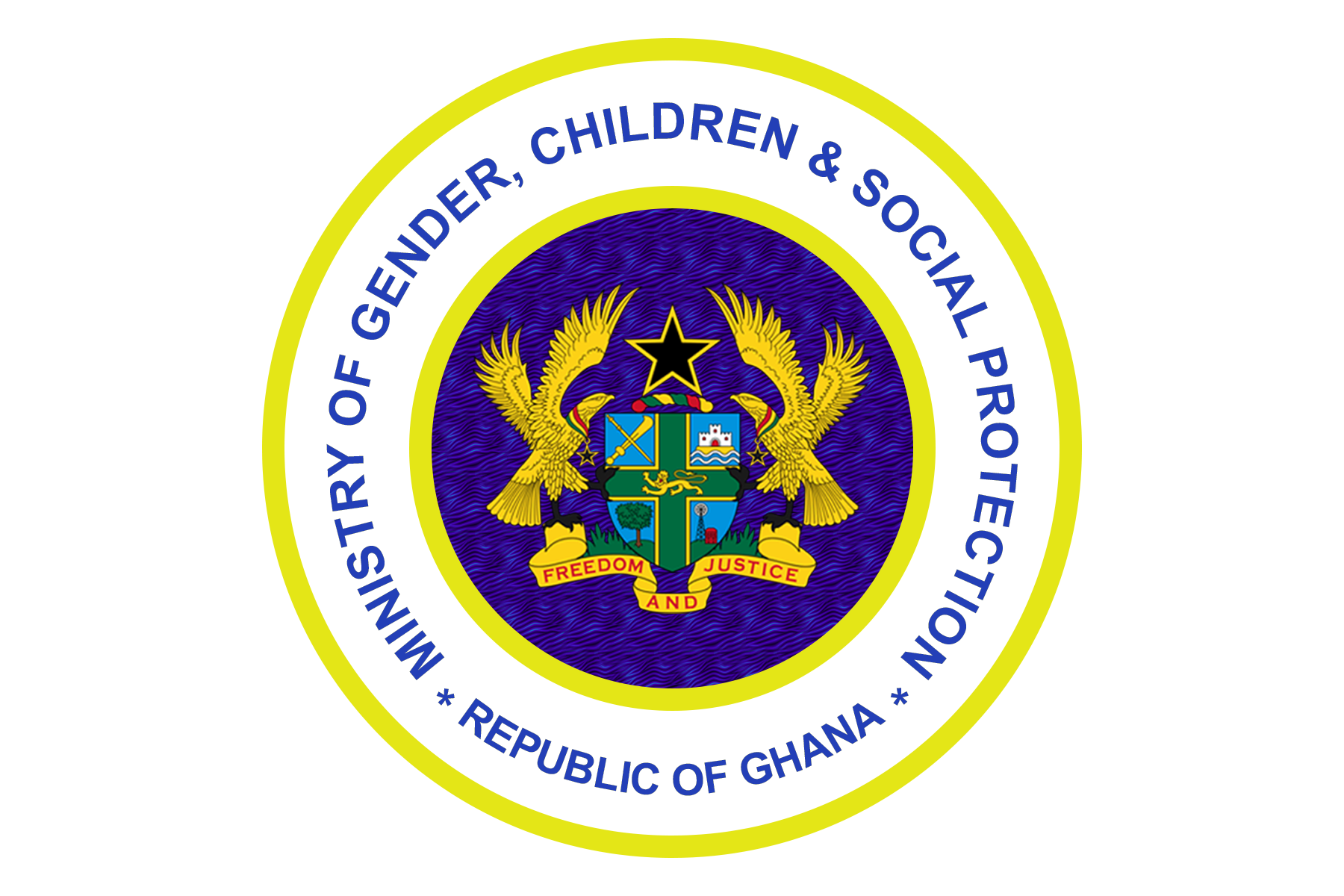"Save the child, Save the future, Save the world'
The Impact of Violence on Women and Girls
The impact of violence ranges from immediate to long-term physical, sexual, and mental health consequences for women and girls, including:
Violence has long-lasting consequences not only for women but also for:
Moreover, it incurs tremendous costs such as:
Legislation and Implementation Challenges
An unprecedented number of countries have instituted laws and policies against various forms of violence. However, challenges remain in implementing these measures:
These are crucial for ensuring safety, protection, and recovery.
Not enough is done to prevent violence, which is the most challenging yet effective approach to eliminating it sustainably.
Global Pandemic of Violence Against Women and Girls
Statistics on Violence and Child Marriage
Severely affected regions:
The prevalence of child marriage below the age of 15 years is also alarming:
14% for the region, with Chad, CAR, and Niger all having rates over 25%.
Female Genital Mutilation (FGM)
An estimated 200 million girls and women alive today are believed to have been subjected to female genital mutilation (FGM). The current humanitarian crisis threatens to derail the future of an entire generation.
What We Are Doing
Millennium Child Support Group works to prevent and respond to violence, increase access to services for survivors, and make private and public spaces safer for women and girls. We respond to all forms of violence against women and girls, with a particular focus on:
As part of our commitment to contributing towards the United Nations Sustainable Development Goals (SDGs), we demonstrate that significant, concerted, and comprehensive investment in gender equality and ending violence can make a transformative difference in the lives of women and girls.
Guidance and Leadership
Millennium Child Support Group provides guidance on preventing violence against women and girls, focusing on:
Changing attitudes and behaviors that tolerate violence and perpetuate gender inequality.
We achieve this by:
We emphasize prevention of violence against women and girls, acknowledging that it is rooted in:
The organization ensures that the rights of women and girls are respected, prioritizing their safety and the well-being of survivors. We advocate for high-level corporate leadership for gender equality and work with various stakeholders, including:
Together, we develop dedicated action plans to prevent and address violence against women, strengthening coordination among diverse actors for sustained and meaningful action.
Major Projects in Ending Violence Against Women
Focusing on Prevention
Violence against women and girls is rooted in:
To date, efforts to eliminate violence have mainly focused on responding to and providing services for survivors. However, prevention—addressing the structural causes, as well as the risk and protective factors associated with violence—is pivotal to completely eradicating violence against women and girls.
Prevention is the only way to stop violence before it occurs. It requires:
The evidence about prevention has evolved considerably over the past decade, partly due to various initiatives supported by UN Women.
READ MORE: UN Women - Ending Violence Against Women: Prevention
Convention on the Elimination of All Forms of Discrimination Against Women
On 18 December 1979, the Convention on the Elimination of All Forms of Discrimination against Women was adopted by the United Nations General Assembly and entered into force as an international treaty on 3 September 1981 after the twentieth country ratified it. By the tenth anniversary of the Convention in 1989, almost one hundred nations had agreed to its provisions.
The Convention represents over thirty years of work by the United Nations Commission on the Status of Women, established in 1946 to monitor women's situations and promote women's rights. Its efforts have resulted in several declarations and conventions, with the Convention on the Elimination of All Forms of Discrimination Against Women being the most comprehensive document.
Among international human rights treaties, the Convention plays a pivotal role in bringing the female half of humanity into focus as a human rights concern. The spirit of the Convention is rooted in the goals of the United Nations:
The document outlines the meaning of equality and how it can be achieved, establishing an international bill of rights for women and an agenda for action by countries to ensure the enjoyment of those rights.
In its preamble, the Convention acknowledges that "extensive discrimination against women continues to exist" and emphasizes that such discrimination "violates the principles of equality of rights and respect for human dignity." Discrimination is understood as "any distinction, exclusion, or restriction made on the basis of sex" in various fields.
The Convention mandates States parties to take "all appropriate measures, including legislation, to ensure the full development and advancement of women, guaranteeing their exercise and enjoyment of human rights and fundamental freedoms on a basis of equality with men." (Article 3)
READ: OHCHR - CEDAW











